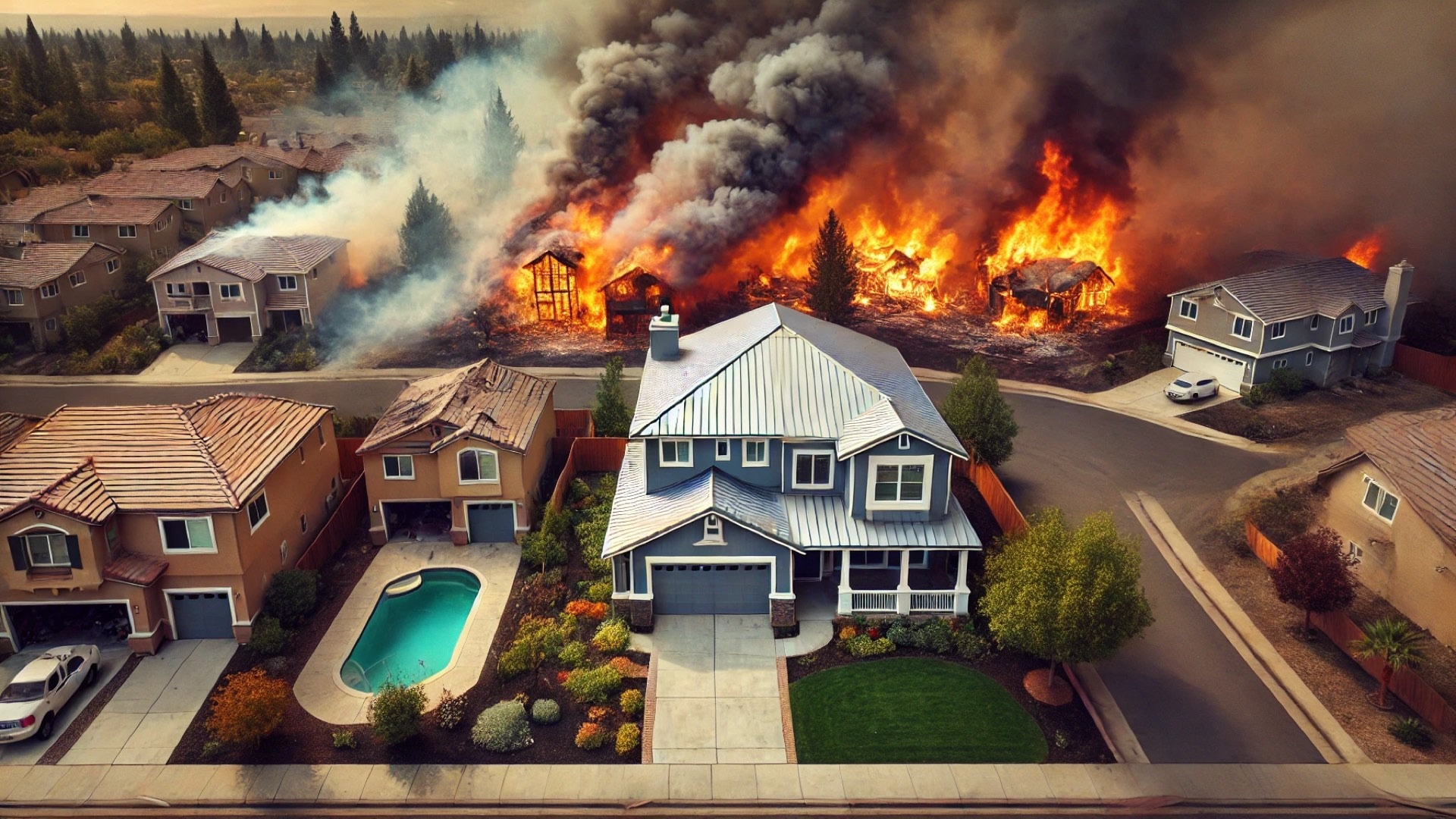
Understanding the Importance of Fire-Resistant Roofing
As wildfires grow in intensity and frequency, the importance of a fire-resistant roof has never been more critical. Gone are the days when concerns about roofing materials were confined to certain regions. With climate change altering fire patterns, the need for protective measures expands across the country. Homeowners everywhere now face the imperative question: What type of roof offers the best protection against fire?
The Rising Threat of Wildfires
For years, states like California and Arizona bore the brunt of destructive wildfires, with their landscapes scarred and communities disrupted. But recent years have seen the fire season extend beyond traditional boundaries, creeping into areas previously thought safe. Northeastern parts of the country now experience increased fire risks, and even Canada has witnessed wildfires in regions once deemed innocuous.
Experts attribute many of these changes to factors such as prolonged drought conditions and rising temperatures. The devastating fires of 2025 highlighted the need for fire-preparedness, where effective design choices, particularly in roofing materials, saved homes from destruction. A metal roof, for example, stood out as a hero in an otherwise chaotic landscape, providing significant fire resistance that shielded it against the ferocity of neighboring flames.
What Makes a Roof Fire-Resistant?
When contemplating the safety of your home, it’s essential to understand the distinctions between combustible and non-combustible materials. A fire-resistant roof typically features materials that resist ignition and prevent flames from spreading. Non-combustible roofing options, like metal, slate, or concrete, offer superior protection compared to traditional asphalt shingles, which can fuel a fire’s spread.
Not only does the choice of material matter, but the roofing system as a whole plays a crucial role in fire resistance. Installation techniques, the surrounding environment, and seasonal conditions can all affect how well your roof performs in a fire. Consulting with a qualified fire-safe architect or contractor can provide insights into the best strategies to enhance your home's defenses.
Boosting Your Home’s Fire Resistance
While selecting the right roofing material is vital, there are additional measures homeowners can take to further safeguard their properties against fire hazards. Simple adjustments, such as maintaining clear zones around your home free of dry foliage and debris, can drastically minimize fire risk. Regular inspections and proper maintenance ensure that your roofing surface remains intact and functional.
Engaging with local fire departments can also prove invaluable. They often provide guidelines and tips tailored to your specific region’s risk, helping you create a comprehensive fire defense strategy. Knowledge is power, and by arming yourself with the right information, you can make informed decisions that both beautify your home and protect it.
Final Thoughts on Fire-Resistant Roofing
In a world increasingly affected by wildfires, investing in a fire-resistant roof transcends aesthetics—it’s a matter of safety and peace of mind. The alluring beauty of materials like metal or slate not only enhances the architectural charm of your home but also fortifies it against the unpredictable nature of fire. And while you may never face a fire directly, having a fire-resistant roof is an essential layer of comfort, letting you enjoy your space with confidence.
 Add Row
Add Row  Add
Add 




Write A Comment